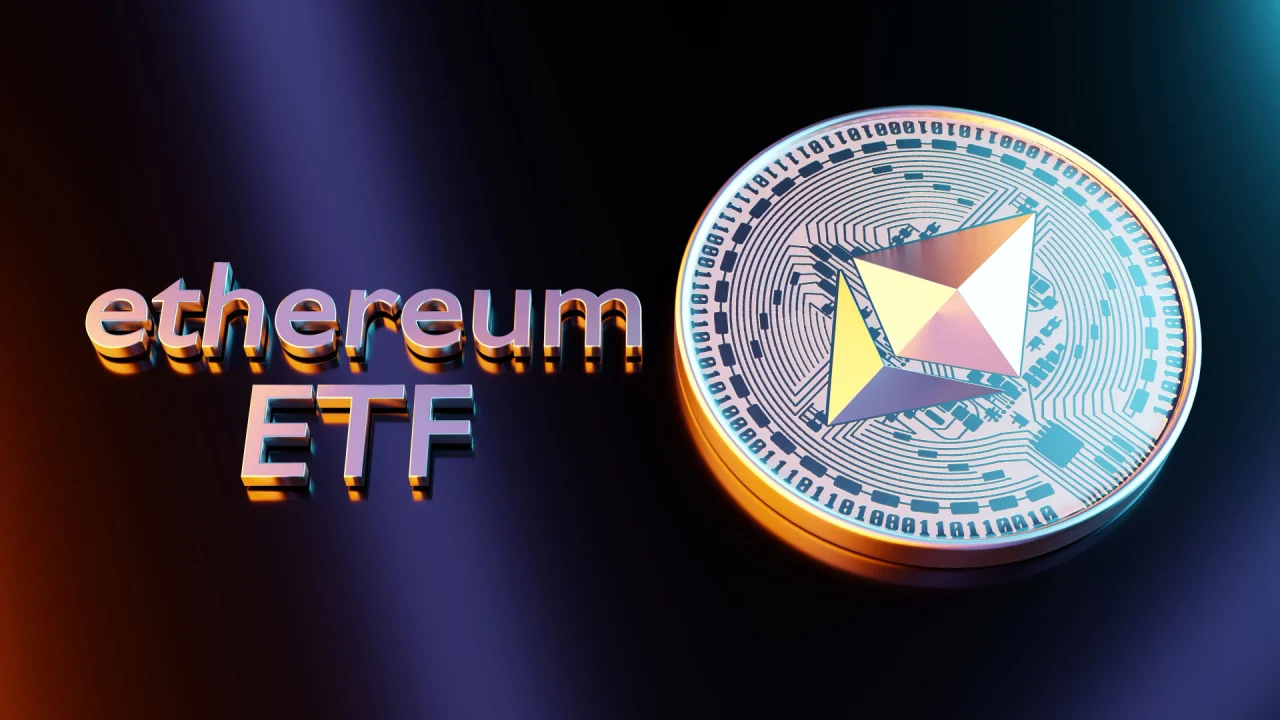
The cryptocurrency sector is abuzz with the recent successes of spot Bitcoin ETFs, turning the industry’s focus towards the potential for similar products based on Ethereum (ETH). However, the regulatory climate under the current administration suggests that approval for a spot ETH ETF might be unlikely. Beyond regulatory hurdles, a spot ETH ETF may lack certain financial advantages, specifically the omission of staking rewards which are integral to ETH’s total return.
Crypto ETFs primarily serve to normalize cryptocurrency investments among traditional financial allocators. By entering the market, large ETF providers lend their legitimacy to the crypto sector, mitigating career risks for allocators. This move significantly benefits the industry by fostering greater investment flows into cryptocurrencies from traditional finance avenues.
Return Characteristics of ETH ETFs
Despite these advantages, the inherent return characteristics of a spot ETH ETF may be less compelling. Staking rewards, which have recently offered over 3% annually according to the Composite Ether Staking Rate (CESR), are absent in these ETF structures. Historically, these rewards have reached as high as 8%, highlighting a potential disadvantage for ETF investors relative to direct staking participants.
Staking inherently reduces liquidity because of the validator entry and exit queues, which saw delays up to 45 days during peaks in activity in the summer of 2023. The design of staking to bolster network security does not align well with the liquidity demands of an ETF, posing significant challenges for ETF issuers to provide both liquidity and comprehensive ETH returns including staking dividends.
The Issue of Structural Underperformance
Investing in an unstaked ETH through an ETF is similar to leaving fiat currency in a non-interest-bearing account for an extended period. This setup inevitably leads to structural underperformance when benchmarked against a total return metric, resulting in a persistent negative tracking error—an untenable situation from an investment perspective.
For accredited investors, private funds present a viable alternative to capture total return on ETH, including staking benefits. These funds are not hampered by the same regulatory challenges as public ETFs and can offer tailored liquidity solutions to align with the staking process. Managers of these funds can adjust operations to the liquidity needs of staking, providing a balanced approach between liquidity management and investment returns. Private funds also offer the advantage of being auditable, benchmarked against reliable indexes, and capable of holding assets in qualified custody.
Methodic’s Innovative Approach
In collaboration with CoinDesk Indices and digital asset manager CoinFund, Methodic has ventured into this space with a private fund that adheres to the CoinDesk Ether Total Return Index. This index combines the CoinDesk Ether Price Index (ETX) with CESR, offering a structured approach to investing in ETH that encompasses both price appreciation and staking returns.
While the excitement surrounding potential ETH ETFs is understandable, the complexities of incorporating staking rewards and ensuring adequate liquidity present considerable challenges. For those looking to fully capitalize on Ethereum’s investment potential, private funds currently offer a more effective and flexible solution.
As the regulatory and technological landscape evolves, the structure of crypto investment vehicles will likely adapt, potentially making ETFs a more attractive option in the future. Until then, investors should consider the full spectrum of available investment vehicles to maximize their returns on Ethereum.
Featured image credit: Terence Zimwara via Bitcoin.com News
